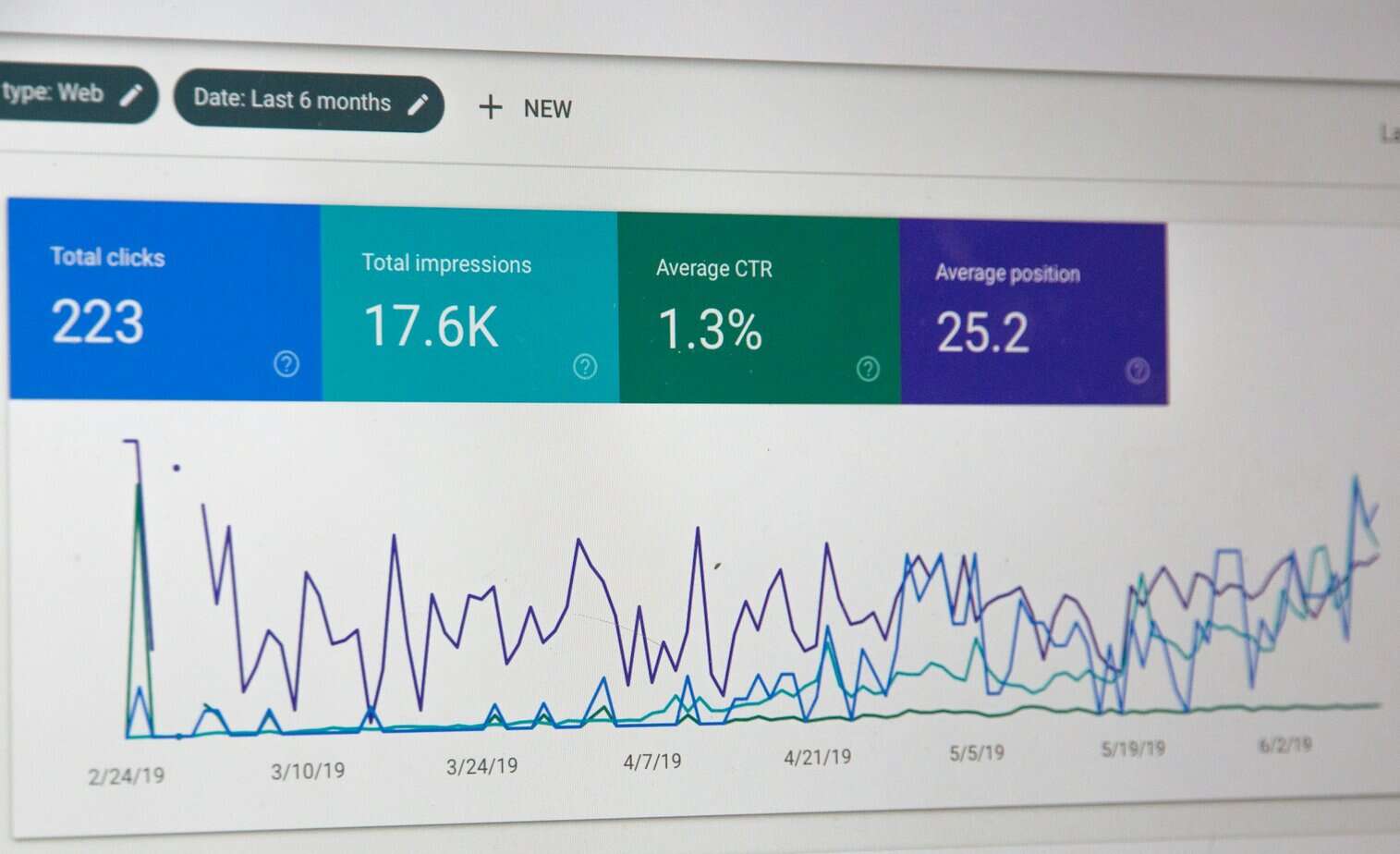
Influencer marketing ROI isn’t just a buzzword. It’s your bottom line.
In 2025, brands aren’t throwing money at creators and hoping for the best. They want proof. Clicks, conversions, sales—and proof that it’s working
Because here’s the truth: influencer marketing works, but only if you measure what matters.
This guide will show you how to track influencer marketing ROI the smart way. What to look for. What tools to use. And how to know if your Collabs are paying off.
Let’s make ROI simple.
What Is Influencer Marketing ROI?
Influencer marketing ROI is the return you get from your influencer campaigns. It tells you whether the time, money, and effort you spent actually paid off.
At its core, ROI = results.
That might mean sales. But it could also mean website traffic, app downloads, newsletter sign-ups, or just more people knowing your brand exists.
The key is this: your ROI depends on your goal.
If your goal was to sell products, you’ll track revenue. If your goal was brand awareness, you’ll track reach or impressions. That’s why there’s no one-size-fits-all formula.
Still, the concept stays the same. You’re measuring what you got against what you gave.
And when it comes to influencer marketing ROI, the better your goal, the clearer your results.
Common Goals That Shape Influencer Marketing ROI
Not every influencer campaign is about sales. And that’s okay.
The truth is, your goals decide how you measure influencer marketing ROI.
Here are some of the most common ones:
1. Brand Awareness
You want more people to know who you are. Here, ROI might look like reach, impressions, or how many people searched for your brand.
2. Engagement
You want people to interact—comment, like, share, save. Your ROI shows up in engagement rates and post performance.
3. Website Traffic
You want clicks. Maybe to a product page, blog, or landing page. ROI is tracked through unique visits, bounce rate, and time on site.
4. Sales and Conversions
This is the big one. You want purchases, sign-ups, downloads, or other hard actions. ROI is measured in dollars, sign-ups, or cost per action.
5. Content Creation
Sometimes the goal is great content. ROI here means how many assets you get, how reusable they are, and how much you saved on production.
Each goal shapes what “success” looks like. And each one affects how you track ROI.
What Metrics Should You Track?

Now that your goals are clear, it’s time to track the right numbers.
Here are the most common metrics brands use to measure influencer marketing ROI—broken down by goal.
1. Awareness Metrics
These show how many people saw your campaign.
- Reach – total unique viewers
- Impressions – total views (can include repeats)
- Branded search lift – are more people Googling your brand after the campaign?
Tip: Use platform analytics or Google Trends to check for spikes.
2. Engagement Metrics
If your goal was interaction, this is where to look.
- Likes, comments, shares, saves
- Story replies and sticker taps
- Video views and watch time
Look beyond surface-level likes. Deeper engagement means better ROI.
3. Traffic Metrics
This is about moving people off social and onto your site.
- Clicks or swipe-ups
- Unique visitors
- Bounce rate and session duration
Tip: Use UTM links or tools like Bitly to track traffic from specific influencers.
4. Conversion Metrics
If you want sales or sign-ups, these are your go-to stats.
- Number of purchases or downloads
- Conversion rate (visits vs actions)
- Cost per acquisition (CPA)
- Revenue generated (for paid campaigns)
This is the clearest way to track influencer marketing ROI when sales are the goal.
5. Content Value Metrics
Don’t forget the content itself.
- Number of assets created
- Quality of visuals and captions
- How often you reused them (ads, website, email)
If you would’ve paid a photographer and model, that content has value. Count it.
Best Tools to Measure ROI in 2025
You’ve got your goals. You’ve got your metrics.
Now let’s talk tools.
Because when it comes to influencer marketing ROI, gut instinct isn’t enough. You need real numbers. You need clear, reliable ways to track performance.
Here’s what brands are using in 2025:
1. Discount Codes and Affiliate Links
Give each influencer a unique code or link. This lets you track:
- Sales
- Clicks
- Conversions
- Revenue per creator
Bonus: You can even see which influencer drove the most results.
2. UTM Links + Google Analytics
Want to track website traffic? UTM links (Urchin Tracking Modules) are custom URLs that help you track traffic sources inside Google Analytics. They are your best friend.
They show:
- Where the traffic came from
- Which campaign drove it
- What visitors did once they arrived
Tip: Use Google’s free Campaign URL Builder to create trackable links.
3. Social Media Insights
Ask influencers for post stats. Or check them yourself if it’s a public post.
Look for:
- Impressions
- Reach
- Engagement
- Saves and shares
Pro tip: Instagram Creator accounts and TikTok Business accounts offer better analytics.
4. Afluencer’s Collab Dashboard
If you’re using Afluencer, you’re already ahead.
Our dashboard lets you:
- Track Collab status
- Message influencers
- Monitor reliability and response time
- Keep your campaign organized in one place
Even better? You can follow up with influencers and repeat campaigns that worked.
5. Free Tracking Sheets
Just starting out? A simple spreadsheet still works.
Track:
- Influencer name
- Platform
- Post date
- Metrics like likes, clicks, and sales
Keep it clean and update weekly for the best results.
Benchmarks: What Does Good Influencer Marketing ROI Look Like?

So you’re tracking metrics. But how do you know if the numbers are good?
That’s where benchmarks help.
Influencer marketing ROI isn’t one-size-fits-all. Here’s a quick engagement breakdown to give you a starting point:
- Under 1%: Interaction is low. It may be time to rethink your content or revisit the influencers you’re working with.
- 1% to 3%: This is a healthy range.
- 3% to 5%: Great engagement. Your audience isn’t just watching—they’re responding.
- Over 5%: You’ve hit gold. This kind of engagement means your content is connecting deeply and driving real interest.
Now let’s break it down even further. Note that rates vary significantly depending on the social media platform.
Engagement Rate Benchmarks
- Nano influencers: 4–8%
- Micro influencers: 2%–4%
- Mid-tier &influencers: 1%–3%
- Macro & mega influencers: 1% or less
Higher engagement usually means a more connected audience—and stronger ROI.
Click‑Through Rate (CTR)
A strong CTR shows that people aren’t just seeing the content—they’re taking action.
What counts as “good” depends on a few factors: platform, content type, and even your niche. But in general, if you’re beating the industry average, you’re on the right track.
- A CTR of 1.5%–2.5% is a solid benchmark for influencer-driven links
- Anything over 2% is considered strong performance
Higher CTRs often mean the content felt relevant, the CTA was clear, and the offer was compelling. And that adds up to better influencer marketing ROI.
Conversion Rate
- 2%–5% is standard for eCommerce
- Higher if you’re offering a discount or limited-time offer
Lower conversions? Check your landing page or CTA.
Return on Ad Spend (ROAS)
If you’re paying influencers, aim for at least 3:1. That means for every $1 spent, you made $3 back.
More niche brands may be happy with a 2:1 ratio—especially when content is also repurposed.
Remember: good influencer marketing ROI depends on your goals, your niche, and your budget. Compare results over time, not just one-off numbers.
How to Optimize Future Campaigns for Better Influencer Marketing ROI
Tracking ROI is just the start. The real power comes when you use those insights to make your next campaign even better.
Here’s how to do it:
1. Refine Your Influencer Selection
Look at past performance. Who brought results? Who didn’t?
Double down on creators with aligned audiences and consistent engagement.
Tip: Use Afluencer’s dashboard to track reliability and message history.
2. Tighten Your CTA
“Check it out” is too vague. Be specific. Do you want clicks? Sales? Follows?
Try: “Use code SAVE10 at checkout” or “Tap to shop our new arrivals.”
3. Repurpose Influencer Content
Don’t let great content live and die on one post. Reuse it across email, ads, and your website.
This boosts ROI without needing new assets.
4. Compare Across Campaigns
Was Campaign A stronger than Campaign B? Why?
Track by goal type, platform, influencer tier, and timing. Patterns will start to show.
5. Keep Testing
Small tweaks lead to big wins. Try different formats (video vs. static), timing, or even caption styles.
Keep experimenting—and let the data guide you.
Better influencer marketing ROI doesn’t mean spending more. It means being smarter with what you’ve already got.
Influencer Marketing ROI Is Clarity, Not Guesswork

Influencer marketing ROI gives you insight. Into what’s working. Into what’s worth repeating. And into where your budget is best spent.
Even small shifts—like refining your goal or choosing a better-fit influencer—can lead to stronger results.
And while you can use plenty of tools to track performance, the real magic happens when everything runs smoothly.
That’s where Afluencer fits in. We help you find the right influencers, manage your Collabs, and keep the process simple—so you can focus on results.
Need help finding creators who are the right fit for your brand?
Sign up free with Afluencer and find influencers who are the right fit—without the stress.